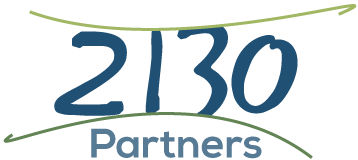 Being powerful in translating intentions into reality and sustaining them requires presence and adaptability in the face of life’s circumstances – circumstances that can change every moment. Where can we turn for tools to support ourselves?
The United States military has long taught our special ops teams and fighter pilots a thought process called the OODA Loop. These teams function in relatively small units who have large assignments with very limited time and resources. They train incessantly and plan their missions in incredible detail. Yet, no plan survives its collision with reality and conditions in the field often differ from those on the planning table.
Being powerful in translating intentions into reality and sustaining them requires presence and adaptability in the face of life’s circumstances – circumstances that can change every moment. Where can we turn for tools to support ourselves?
The United States military has long taught our special ops teams and fighter pilots a thought process called the OODA Loop. These teams function in relatively small units who have large assignments with very limited time and resources. They train incessantly and plan their missions in incredible detail. Yet, no plan survives its collision with reality and conditions in the field often differ from those on the planning table.
Adherence to the original plan would sometimes mean immediate capture or death and certain failure. Given their commitment, failure is not an option and "all or nothing" is often the choice. They must be able to make sometimes dramatic adjustments to achieve mission objectives and extract themselves with minimal to no casualties.
The OODA Loop thought process is an excellent antidote to holding onto the way it was supposed to be, the resources they were supposed to have, and the unfairness of the situation. The acronym simply means:
1) Observe the actual “ground truth” – the way that it is and the way that it isn’t rather than how it was supposed to be. 2) Orient to the actual situation, the observable roadblocks and potholes, the unknowns, and the resources available. Consider the options and strategies that are available. 3) Decide on a path and how long you can go before reorientation is required. 4) Act on your plan 5) Immediately start the process over
In Organizational Development circles the Action Research people would be most comfortable with this thought process.
In your world, how can you apply this simple, clear process to return yourself to working on your purpose and priorities? How can you use to deal with the "Tyranny of Push Content" we addressed in our last post? How can this OODA loop concept benefit your leadership development?
